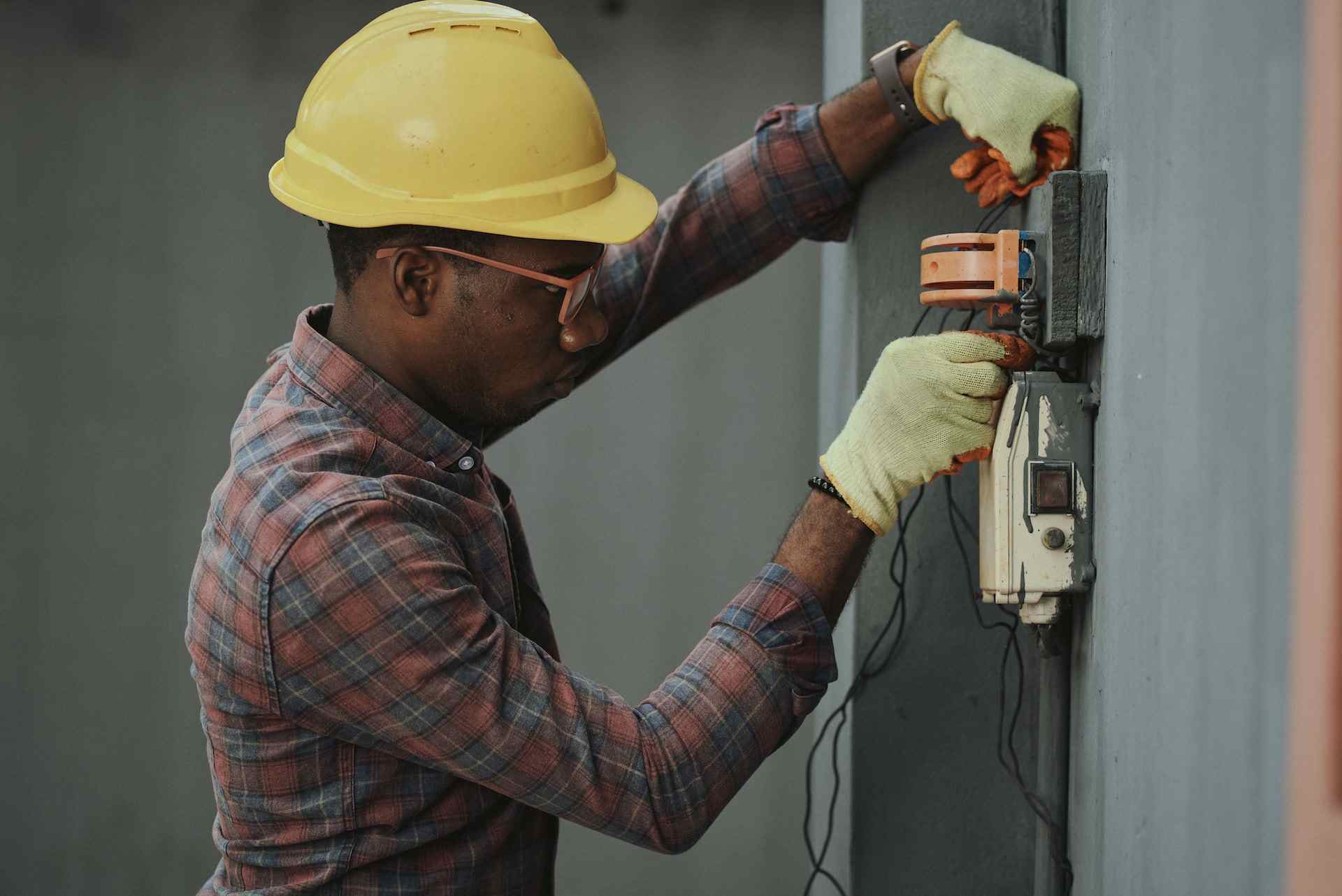

After losing ground to the COVID-19 pandemic, Singapore’s construction industry is starting to rise again. Investments started to pour in the past year as global economic conditions began to improve. However, rising prices of construction materials and labor shortages are also posing challenges for the productivity of Singapore’s construction industry.
Despite being plagued by delays in the last two years, things are looking up. In 2021, the construction industry in Singapore logged a 20.1% annual growth rate, accounting for 2.1% of the country’s nominal gross domestic product (GDP). The industry also saw a 42% increase in construction demand compared to the previous year.
How is the construction industry doing in Singapore, and what kinds of developments will be seen in the country in the near future? We look at the industry’s recovery, the types of contracts, and opportunities for construction companies in the country.

As the work for major projects start to pick up speed once again, the construction industry in Singapore is seeing higher workload compared to the last two years. 60% of all construction projects underway in the country are major public infrastructure projects, which is expected to drive the industry’s growth this year.
Some of these massive projects include the construction of the North-South Corridor, Singapore’s longest transit priority corridor, expected to be completed by 2026. The Housing & Development Board also has numerous housing and home improvement projects that are ongoing. The country’s mass rapid transit system (MRT) is also undergoing expansion, and the Integrated Transport Hub in the west region of Singapore in Jurong East is expected to be completed by 2027.
According to the country’s Building and Construction Authority, overall construction demand in Singapore can reach up to 32 billion US dollars this year, up from 29.9 billion US dollars from last year. With many more projects that will continue for a few more years, construction and infrastructure spending will undoubtedly spur the growth of the construction industry in Singapore.
As the government prioritizes connectivity and housing in the city-state, different industries can also benefit from better infrastructure in the country. More commercial establishments in these areas have high foot traffic, and many potential customers can encourage construction activity either through new projects or renovations.
The construction industry in Singapore will also be instrumental in helping the country hit their sustainability targets. The Singapore Green Plan was announced in February 2021, outlining the national agenda for sustainable development. One of the pillars of this roadmap is green buildings.
The introduction of more green and smart building technology in Singapore’s establishments will prove to be beneficial for the local industry and the country. The country’s plan to become carbon-neutral by 2050 will entail more public infrastructure projects that will further spur the industry’s growth.
If construction companies find a way to address supply chain issues as well as the cost of labor exportation, the industry will experience more sustainable growth. Productivity in Singapore’s construction industry will continue to increase, and as companies adopt more innovations to drive growth, the industry’s competitiveness will make it more attractive for investments.

An Overview of Southeast Asia’s Startup Ecosystem
Southeast Asia’s startup ecosystem is characterized by its diversity and rapid growth. Key markets include Singapore, Indonesia, Malaysia, Thailand, Vietnam, and the Philippines. Each of these markets presents unique opportunities and challenges. Singapore, for instance, serves as a financial and technological hub, offering a conducive environment for startups with strong government support and a mature investment climate. Indonesia, with its large population, presents vast market opportunities, particularly in sectors like e-commerce and fintech.

How Major Players Unlock Opportunities in SEA’s Digital Payments Landscape
The digital payment landscape in Southeast Asia (SEA) is rapidly evolving, driven by increasing internet penetration, smartphone adoption, and a burgeoning fintech ecosystem. Major players in the digital payment space are pioneering innovative solutions, facilitating seamless transactions, and enhancing financial inclusion.

Key Drivers of Southeast Asia's Last Mile Logistics Market
The growth of last mile logistics market in Southeast Asia (SEA) is driven by various factors that are reshaping consumer expectations and industry dynamics. This article explores the key factors driving SEA's last mile logistics market, highlighting the convergence of digitalization, consumer demands, technological advancements, sustainability initiatives, and the development of e-commerce and essential deliveries.

Embracing Sustainability: The Rise of Sustainable Automotive Lubricants in SEA
In recent years, Southeast Asia (SEA) has witnessed a growing emphasis on sustainability across various industries, and the automotive sector is no exception. As the region gears towards a greener future, sustainable automotive lubricants have emerged as a key focal point in the drive towards environmental stewardship and resource conservation.